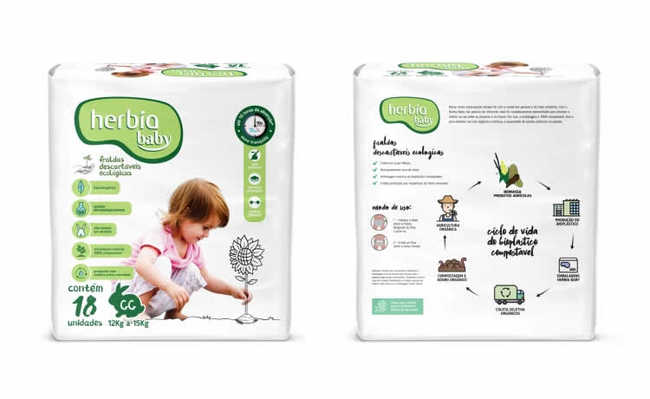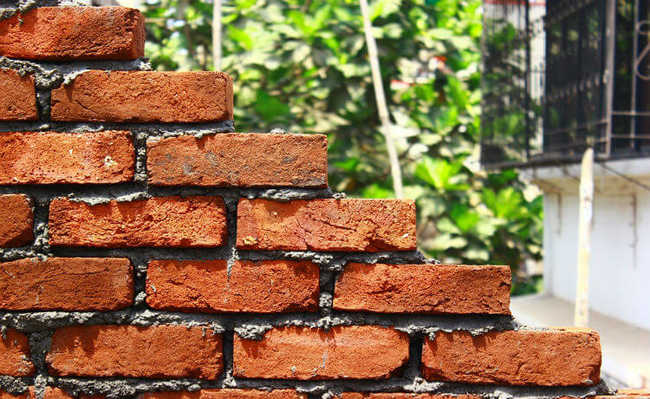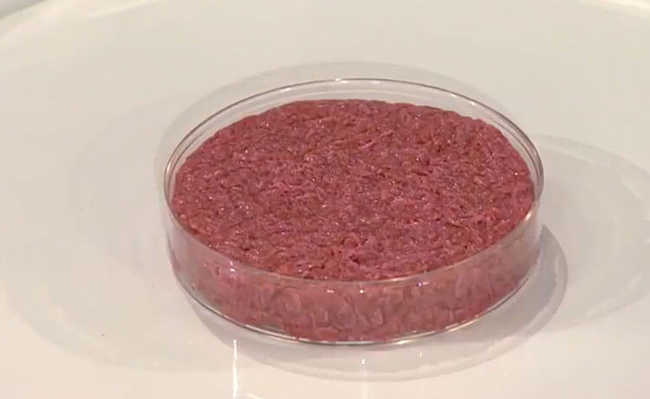Where to recycle aluminum cans?
Aluminum cans take 200 to 500 years to decompose, but recycling of the material is increasingly popular in Brazil

Aluminum is the non-ferrous metal most used by humanity, it is present in computers, cars, cutlery, beverage cans, bicycles and a multitude of items. Because it is light, soft, resistant, malleable (of about 68 existing metals, it is the second most malleable) and corrosion resistant, it is widely used in industries.
Despite being an abundant metal in the earth's crust (8.1%), it is rarely found free. To obtain aluminum, there are several ways, but most of them use bauxite extraction. The most widely used method today is the Hall-Héroult method, which consists of an electrical process for refining bauxite at high temperatures and chemical treatments. One of the problems with this method is its high energy cost (about 14.5 kW/h is used to produce a kilo of aluminum).
However, after extraction, it has undeniable advantages. Bauxite extraction takes place on a smaller scale - about four tons are needed to produce a ton of primary aluminum, while the proportion of bauxite is much higher with other methods; and the rate of energy use is much lower when recycling materials (about 20 new recycled cans can be produced with the same amount of energy used in the production of a can made with virgin ores).
How to recycle?
Aluminum is one of the most recycled materials, one of the reasons is because it can be recycled several times without degrading the quality of the material (aluminum).
The recycling process begins with the collection of aluminum scrap by NGOs, cooperatives and collectors. After collection, the aluminum scraps are sent to the collection centers of the recycling industries, where they pass through conveyors so that all impurities are removed. After removing the impurities, the aluminum scrap is pressed into bales and then sent to the foundry centers, where they undergo a new screening process. Afterwards, the cans are crushed and undergo a chemical process to remove substances that may be present in the aluminum, such as paints and varnishes. After removing all impurities, the aluminum scrap is placed in furnaces and melted until it reaches a liquid state, at which time it is transformed into ingots; after that, the scrap is rolled and sold to the aluminum industries.
One of the great problems of this process is the high volume of slag produced. The slag has a high content of toxic and dangerous products, such as nitrides, carbides and heavy metals and, therefore, is classified as hazardous waste by the National Environmental Council (Conama).
However, the slag can be used in other industrial areas, such as concrete. Concrete made of slag has a greater binding power and drying time that is much shorter than that of normal concrete, which makes it usable.
Where to Recycle?
Aluminum cans take 200 to 500 years to be decomposed, while the recycling of this material takes place in a much shorter time. Aluminum is a 100% recyclable material and can go through this process infinite times without losing its characteristics. For this, there are many recycling cooperatives across the country and many industries that specialize in aluminum recycling.
To give this destination to aluminum items, just dispose of them in the specific location of the recycling bins or follow the tip below. And remember, always opt for conscientious disposal, respecting the environment!










